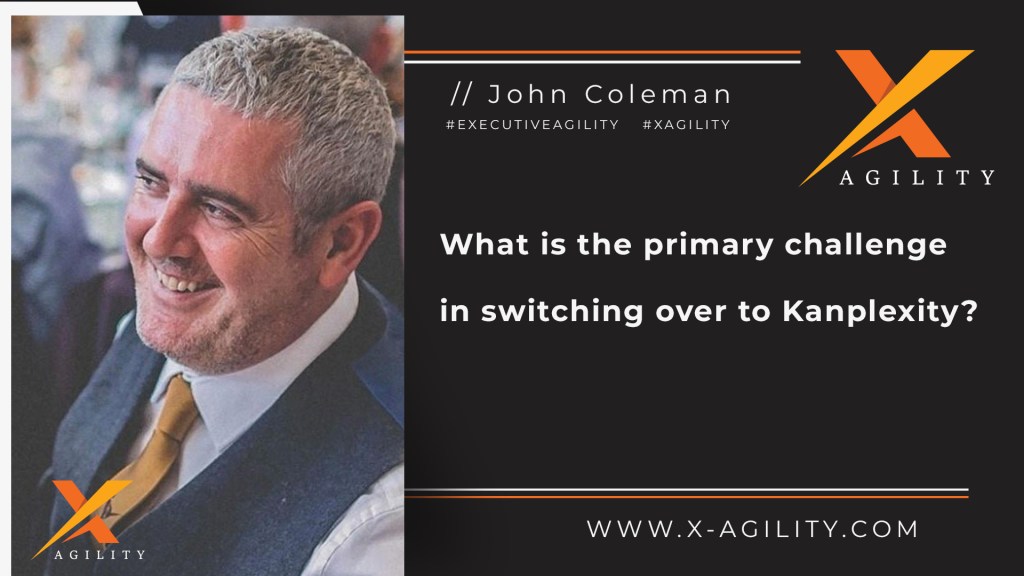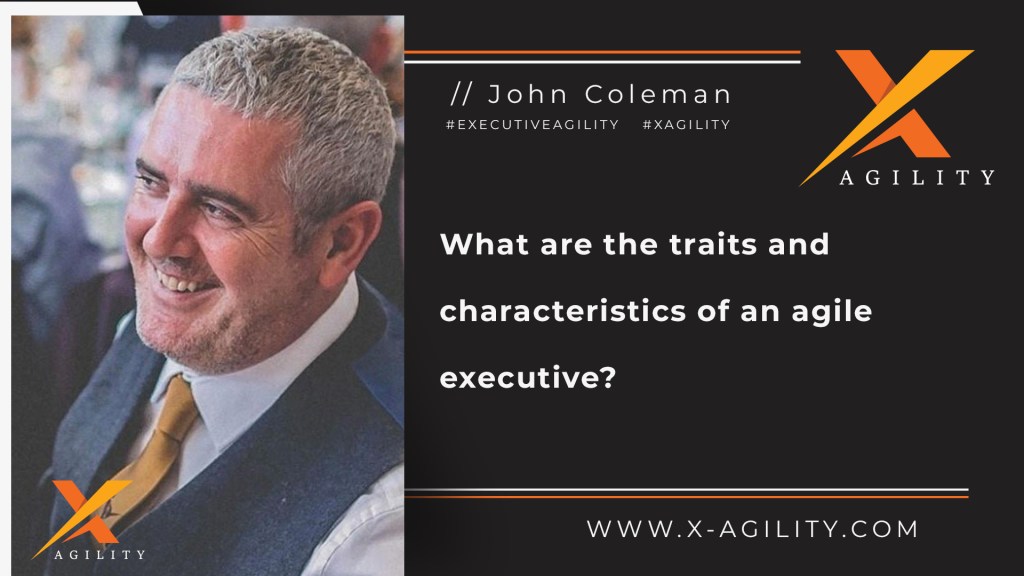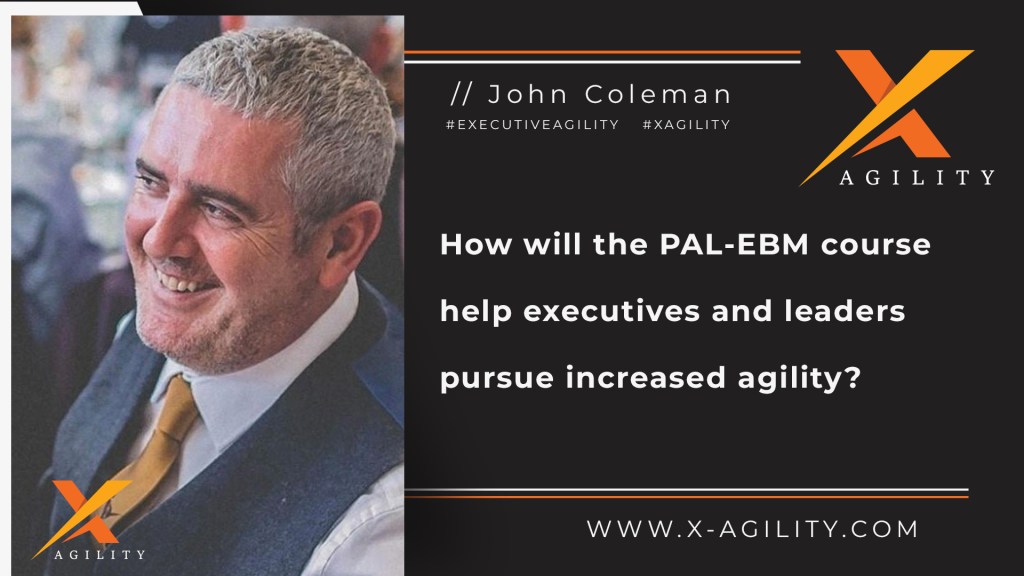What is kanplexity and what inspired you to create this framework?
Kanplexity is a jumping off point for a framework known as Cynefin – developed by Dave Snowden – and Kanban.
Kanplexity decodes Dave Snowden’s wonderful work into layperson’s terms so that more people and teams can work with this great framework to achieve their project management or product development objectives.
So, with kanplexity, you can use Cynefin – a complexity model – as a compass.
In complicated work, such as civil engineering, we know most of the answers upfront and we know who is best suited to the work, how long that will take, and how much that will cost.
In complex environments, we don’t know the answers upfront and we must make difference decisions to achieve the outcomes and objectives that are valuable to us.
Kanplexity helps executives, leaders, and managers make effective decisions.
- Do we need to get a room full of experts together to determine what the problem is and how best to solve that problem?
- Do the experts have the capability to solve the problem, or must they develop that capability?
- Do we need to create an incubator for innovation and create an environment where people can solve compelling problems and build complex products and services?
- Are we in a state of negative chaos and do we require a dictatorial approach to get things done or set in motion?
So, Kanplexity is about providing you with a compass, as a leader, to determine what might be the right and best thing to do.
An alternative approach to Product Development and Project Management.
For the team, Kanplexity provides an alternative to Scrum.
I am a scrum trainer and I work with several different organizations and teams in the capacity of a scrum trainer, scrum coach, and agile consultant. I have realised that a lot of people are tired of scrum or find that it doesn’t meet all their requirements.
Scrum is designed to be an incomplete framework and so it makes sense that at some point, a great team may look to evolve beyond scrum and adopt a framework that facilitates high performance.
People simply don’t like rigid frameworks that impose strict rules on them.
And so, I’m finding that more teams are adopting Kanplexity as a great way to deliver projects and build products and features that delight customers.
- A team may like the concept of a daily scrum but don’t necessarily see the value in having that every single day.
- A team may like the concept of a sprint, but does it have to be 4 weeks? Does it have to be a rigid, predetermined cycle of performance?
- A team may like the concept of planning but resist the idea of sprint planning for a sprint cycle. They may prefer a backlog that empowers them to pull the most valuable work.
So, Kanplexity offers more flexibility. It is more practical and pragmatic.
Kanplexity is also designed for people outside of software development or technology environments.
In essence, Kanplexity is an alternative approach to navigating uncertainty and complexity without having to adopt scrum or other popular frameworks such as SAFe or LeSS.
What inspired Kanplexity?
Kanplexity is inspired by many schools of thought.
- David Marquet – Intention Based Leadership
- Cynefin – Dave Snowden
- Product Management – Marty Cagan
Lots of people inspired what you see in Kanplexity and the Kanplexity Guide thanks each of their persons for their work, the inspiration they provide, and acknowledges the significance of their work in the world of agility and product development.
Kanplexity is a 2022 edition of what agility is all about.
It’s less strict than other frameworks and actively seeks to give people a great deal more flexibility.
At the same time, it’s important to provide guardrails so that teams don’t fall off a cliff.
What inspired me to create Kanplexity?
There was a team of top scientists and engineers I worked with in a particular client engagement.
They were tasked with solving complex problems and creating valuable products and services despite a great deal of volatility, uncertainty, complexity, and ambiguity.
Really complex stuff. Off the charts levels of complexity and difficulty.
It was incredibly difficult for the team to decide or determine how they were going to solve the problem or create the product/feature necessary. Could it even be achieved level of difficulty.
Added to this, we had to deal with all the usual levels of expectation, cost constraints, and time constraints. Executive and leadership teams had a lot invested in the success of this initiative and wanted to see results, outcomes, and frequent milestones as a barometer of progress.
The organization had decided to impose Scrum on all teams as the magic bullet to solve all complex problems and determine how products and features should be created.
It simply wasn’t a great fit for the team I was working with and so we adapted and evolved.
Stealth Agile.
In a deeply political environment, sometimes transparency creates more problems than it solves so we weren’t deeply transparent, nor did we make all things visible throughout the organization.
So, I helped the team pretend that they were doing scrum without actually having to do scrum.
We used Kanplexity instead.
We had the same rhythm as everyone else to ensure we synchronized and aligned on the important elements but didn’t use a set sprint period as defined in scrum. We always had a working element ready for a sprint review but didn’t set define periods for those reviews. If an executive team or set of product stakeholders were available on X date for a review, we simply showed them what we had and garnered the feedback we needed to ensure we were building the most valuable items.
The irony of the experience is that we were perceived to be the best scrum team despite not actually doing scrum. Other teams were battling with scrum and making little progress against key objectives and stakeholder requirements.
And so, it looked great from the outside but from the inside, we simply weren’t using scrum. We were using something far more effective given the complexity we faced and the degree of difficulty to get anything of value delivered.
This is the moment that proved Kanplexity as a great and alternative approach to complexity.
Kanplexity empowered the team to do great work and helped the executive and leadership teams to make decisions around strategy more effectively.
So, Kanplexity is inspired by all the great work that has happened since the Agile movement was formed in 2001 and builds on all the solid foundations to provide an alternative approach to complexity and uncertainty.
About John Coleman
John Coleman has deep experience and expertise working with executives, #leadership teams and product development teams to achieve increased #organizationalagility and create environments where creativity and collaboration produce high-performance teams.
https://linktr.ee/johncolemanxagility – social and podcast links
https://linkpop.com/orderlydisruption – order training from right here
If you are interested in helping your team or organization achieve greater agility and want to explore agile training options, visit our training page.
If you value coaching and would like to work with a deeply experienced agile and executive coaching specialist, visit our coaching page.
If you are looking for an agile consultant that can help your leadership team identify an appropriate roadmap to organizational agility and take the most effective course of action in your agile transformation, visit our consulting page.
#agile #leadership #agileleadership #certifiedagileleadership #professionalagileleadership #psm #psm2 #scrum #scrumorg #xagility #executiveagility #xagility





